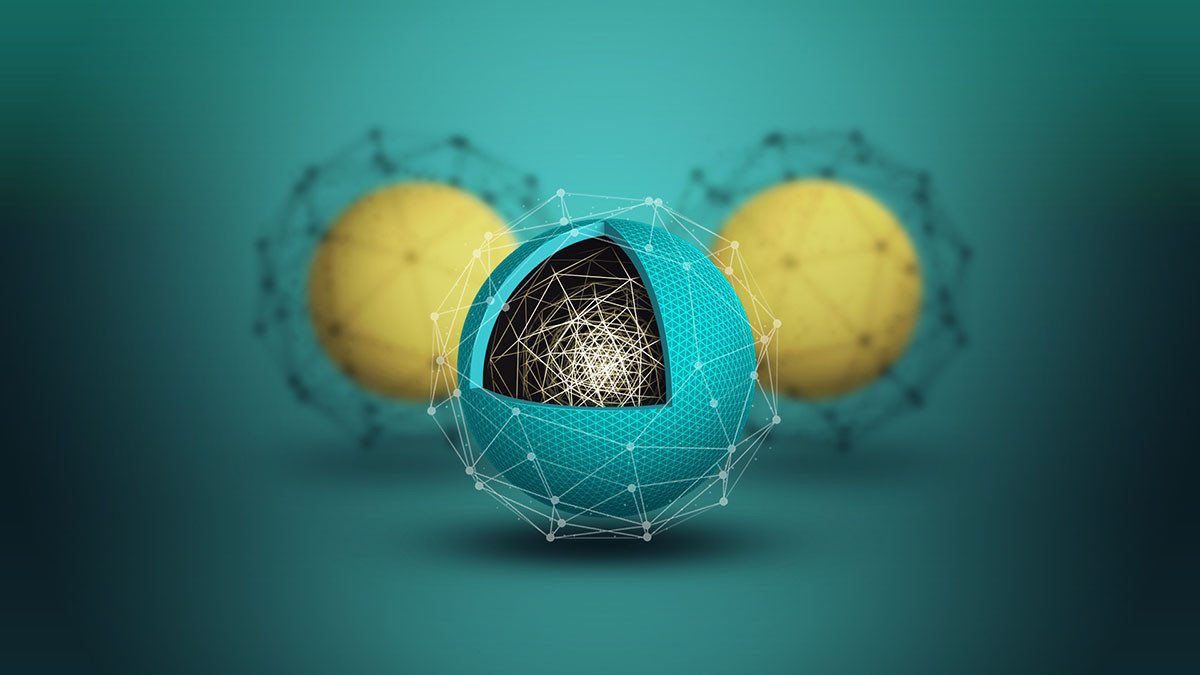strange matter, doomsday and you

Good news everybody. The LHC is up and running and already started colliding particles, though they’re not as powerful as the collider can do when its revved up to full speed, just a measly 900 GeV. Now, I say measly not to be funny but because that’s slightly less than the energy of a lazy mosquito casually flying through the air, probably while doing the insect equivalent of yawning. And yet, because of all the impressive prefixes that have been attached to the energies to be produced by CERN’s experiments, some people are warning us of a potential particle of strange matter coalescing during a particularly powerful collision and changing everything around it into more copies of itself until the entire planet becomes a quivering ball of compact strange matter.
Think of it as the death by micro black hole scenario, but with an exotic particle cast in the role of the insidious subatomic culprit. According to the idea, several collisions create stable strangelets, elementary particles of a substance thought by some physicists to live in the core of a neutron star. Strangelets are hadrons, much like protons and neutrons. However, instead of being made up of up quarks and down quarks like the matter we all know and love, it contains strange quarks. And unlike the aforementioned micro black holes which would evaporate in an instant, strangelets are supposed to be extremely stable and persist long enough to interact with nearby atomic nuclei, triggering protons and neutrons to rapidly decay into more strange matter. The new batch of strangelets will start to convert matter around itself into even more strange matter, and so on and so forth until the whole planet is just a dense, hot sphere of exotic particles in a classic ice-nine event.
Wait a second. Why does all this sound so familiar? Ah yes, the same worries were raised when the original doomsday collider, the RHIC, was built and I remember vivid animations showing a quark-gluon plasma that shoots out as two hadrons collide at 99.7% the speed of light, spawning a sinister black ooze referred to as a strangelet by the narrators. In reality, according to a paper written as the RHIC was in its planning stages by a quartet of physicists from Europe and the U.S., certain collisions would allow strangelets to form and gain a negative charge before they decay in just a fraction of a second. Of course rather than worry about the planet’s potential fate, the authors urge future detection systems of massive particle colliders to try and detect strange matter which should fall within certain energy and life expectancy parameters. After nearly a decade of work at the RHIC, no strangelets have been announced and as we can see, our planet is still here. As work began on the much more powerful LHC, the doomsday theories of the RHIC era were simply recycled by substituting an acronym and arguing that at higher energies, the fears are now justified.
However, remember when we translated 900 GeV into real world terms? Well, the maximum planned energy levels of the LHC at 7 TeV per beam isn’t exactly all that much energy either. In fact, it’s like flinging an ant at a little under two miles an hour at another ant in a similar predicament. The insects would probably just hit each other, get up, release a few choice chemical signals about the humans who turned them into projectiles, and go on their merry way. On a subatomic level, the end result would be a very violent and messy collision which throws out a stream of short lived particles that physicists will analyze to see if the interactions between these tiny bits of matter and their decay times match the mathematical models. And remember that most particles created this way have extremely low masses in the macro world and don’t stick around for long. Considering that even the longest lived strangelets hypothesized to appear in a relativistic ion collision would decay about 500 times faster than the blink of an eye, or 10-5 seconds, there’s not a whole lot a damage they can do.
Even if scientists are wrong and by an amazing feat of physics strangelets don’t decay, we’re talking about an infinitesimal particle separated from atoms it can influence by distances billions of times greater than its own diameter. It would take ages to convert enough mass to even register at a level we would notice. This may be one of the reasons why the highly energetic collisions between atmospheric particles and cosmic rays which happen all the time right above our heads haven’t produced enough strangelets to turn our planet into a hyper-dense soup of searing hot strange matter. The other reason? The strange matter hypothesis might be wrong and strangelets don’t form in colliders due to the way quark-gluon plasmas behave…
See: Schaffner-Bielich, J., Greiner, C., Diener, A., & Stöcker, H. (1997). Detectability of strange matter in heavy ion experiments Physical Review C, 55 (6), 3038–3046 DOI: 10.1103/PhysRevC.55.3038





